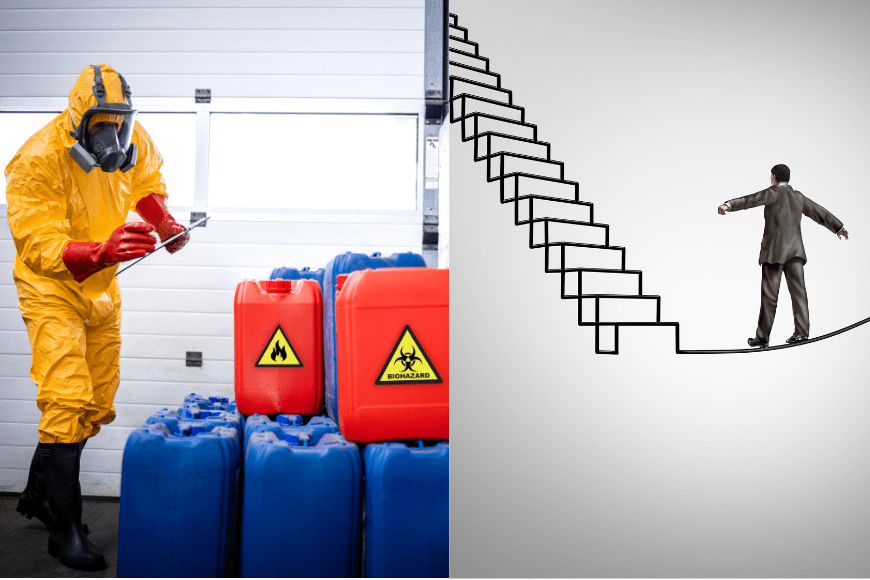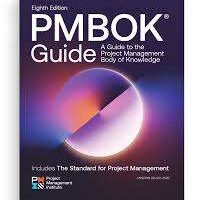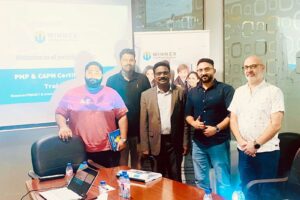
Understanding Hazard and Risk – Key Concepts for Safety and Success
- Posted by Lislal Viswam
- Categories Project Management
- Date 8 January 2025
Hazard:
- A hazard is anything that has the potential to cause harm, injury, damage, or adverse effects. It is a source or situation with the potential to cause harm under certain conditions.
- A hazard does not necessarily cause harm by itself but could do so if the situation or conditions are right.
Examples of hazards:
- Chemicals (like asbestos or toxic substances)
- Machinery (like a rotating blade)
- Weather conditions (like a hurricane)
- Natural events (like earthquakes)
- Radiation or noise
Risk:
- Risk is an uncertain event that may or may not happen.
- It refers to the probability (likelihood) and impact (severity) of the harm.
Risk formula:
Risk=Probability of harm × Impact of harm
Negative Risks (Threats): Risks that can have a detrimental impact on the project, such as delays, cost overruns, or resource shortages.
Positive Risks (Opportunities): Risks that could have a beneficial impact on the project, such as a new technology that speeds up production or a supplier offering better pricing.
Tool used: A Risk Register is a tool commonly used in project management to identify, assess, and track potential risks that could affect the success of a project.
Examples of risk:
- The risk of injury when working with machinery depends on how often the machine is used, how well it’s maintained, and how properly it’s operated.
- Late delivery of construction materials.
In summary, hazard is the danger itself, and risk is the chance that the hazard will cause harm in a given situation.
Scenarios:
Construction Project: Building a New School
Project Type: Construction of an elementary school.
Resource Management: The construction manager needs to plan and allocate resources effectively. This includes hiring labor, securing materials, and managing the equipment needed.
- Example: A resource leveling technique is used to ensure that the most skilled workers are available for critical tasks such as laying the foundation and constructing the building’s frame.
Budget Management: The team must stick to the project budget, considering the costs for materials, permits, labor, and utilities.
- Example: During the project, the price of steel increases unexpectedly. The manager renegotiates contracts with suppliers to ensure the costs stay within the allocated budget.
Quality Management: Regular inspections and tests are performed to ensure the construction meets safety standards and building codes.
- Example: During the construction phase, the manager arranges for independent safety audits and makes adjustments to the structure if required.
Healthcare Project: Implementing a New Electronic Health Record (EHR) System
Project Type: Deployment of a new EHR system in a hospital.
Scope and Requirements Management: The hospital’s IT department works with doctors, nurses, and administrative staff to determine what functionalities are required from the new EHR system.
- Example: Key features such as patient history tracking, appointment scheduling, and patient-doctor communication are identified, while more advanced features (like AI-assisted diagnostics) are saved for future updates.
Communication Management: Ensuring all team members, from healthcare providers to IT professionals, are updated on the progress of the system installation.
- Example: The project manager sends out weekly progress reports to hospital staff, explaining updates on system testing, training sessions, and troubleshooting issues.
Training and Support: After the system is implemented, training sessions are conducted for hospital staff on how to use the new EHR system.
- Example: A support team is set up to answer questions and address problems that arise during the initial phase of use.
Certification Courses at Winnex
What did you think about this post?
Share with your network
Lislal is a highly experienced project management professional with over 20 years in the field. His extensive background spans multiple industries, supported by prestigious certifications like PMP, PRINCE2, PMI-PMOCP, and CSM. As a PMI-ATP PMP Instructor and an AXELOS-certified PRINCE2 Instructor, he is committed to educating and mentoring aspiring project managers. Lislal’s influential contributions to the PMBOK 7 and his involvement with the PMO Global Awards committee demonstrate his leadership in shaping global project management standards and practices. His combination of practical expertise and dedication to training has made a significant impact on the project management community.
You may also like

A New PMP® exam is coming in July 2026



